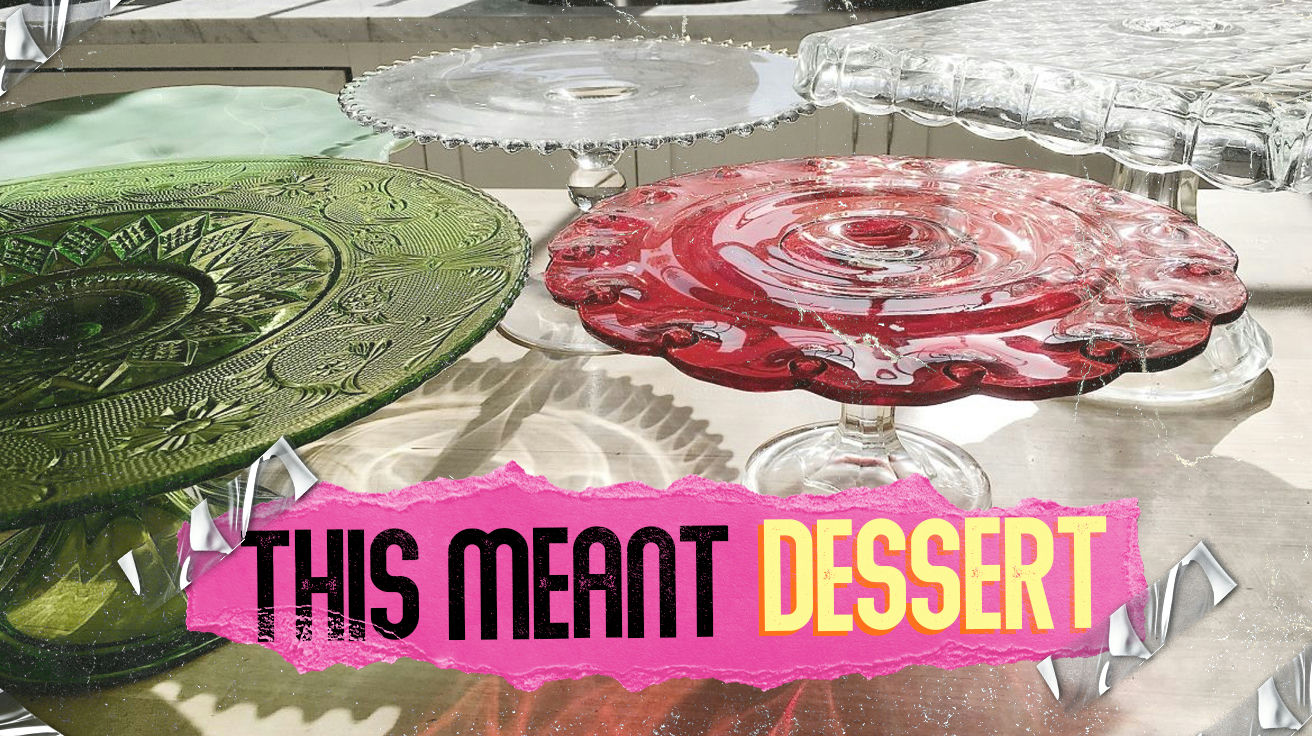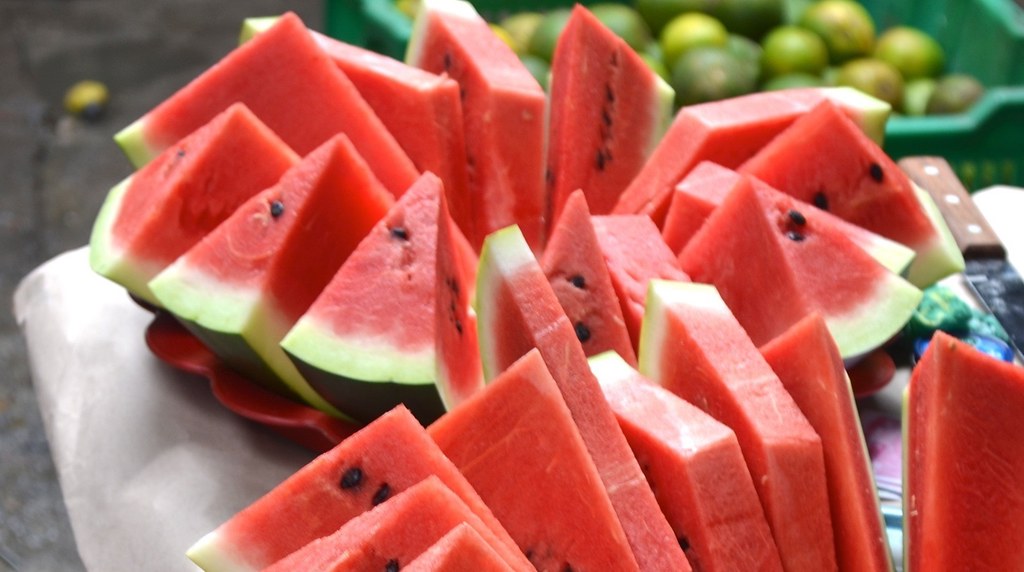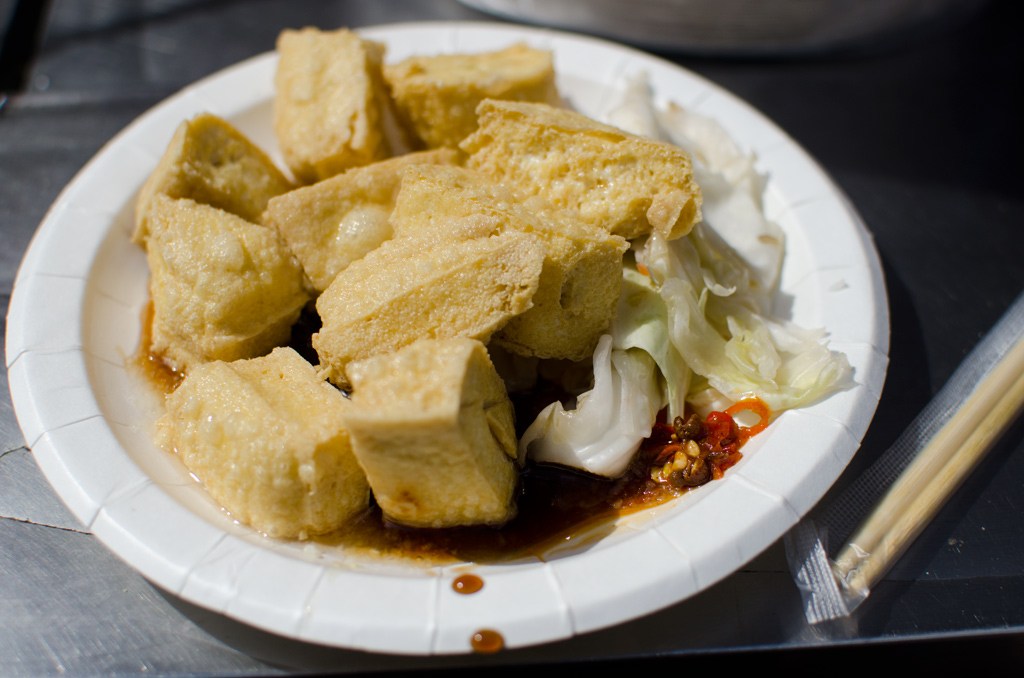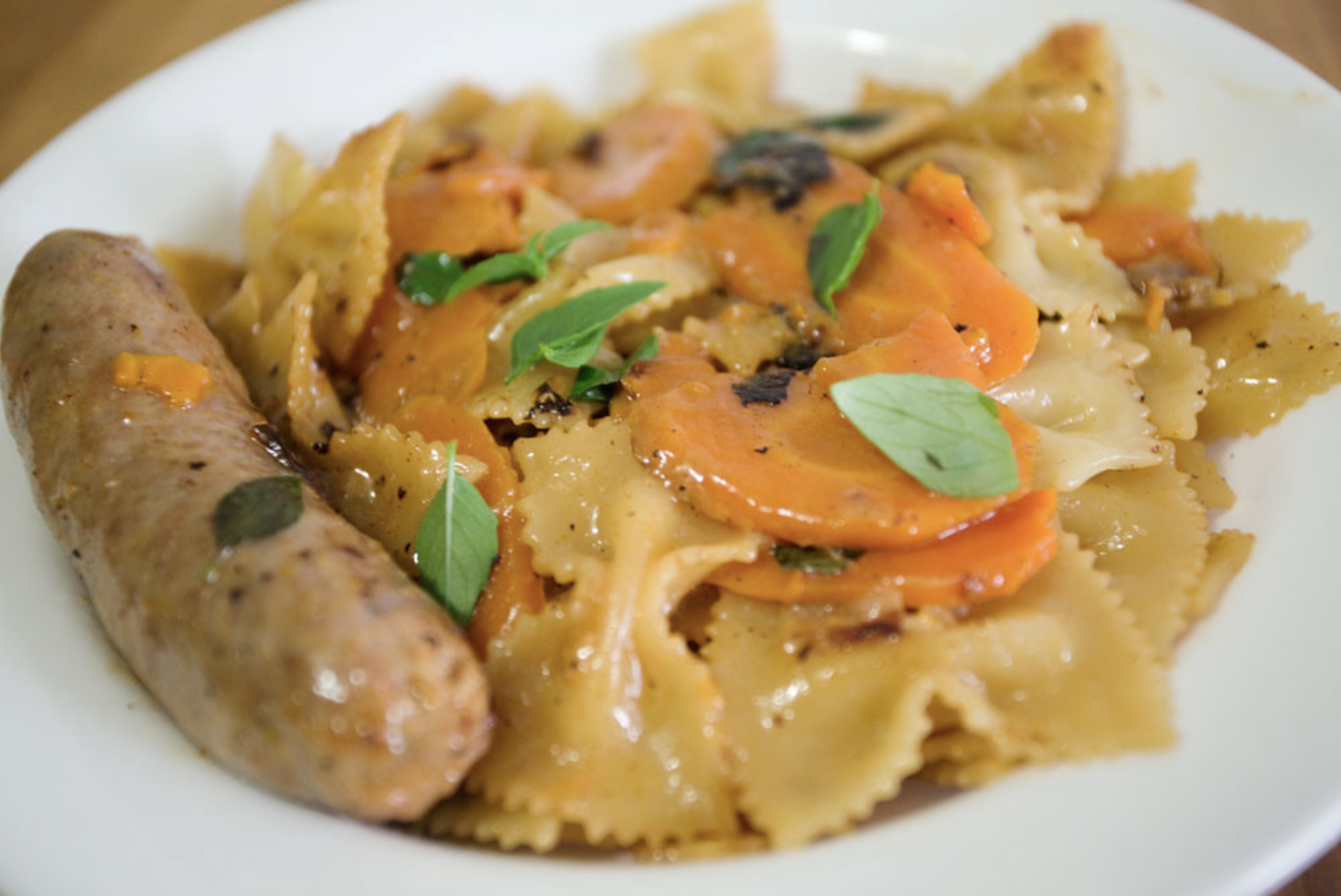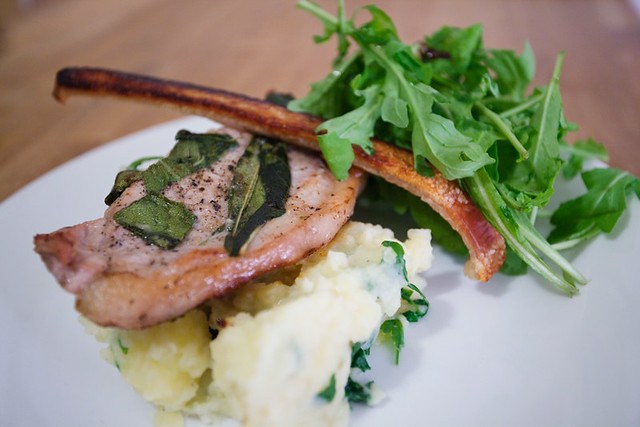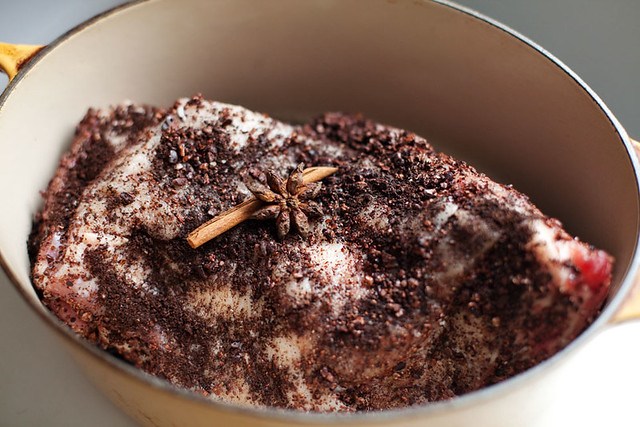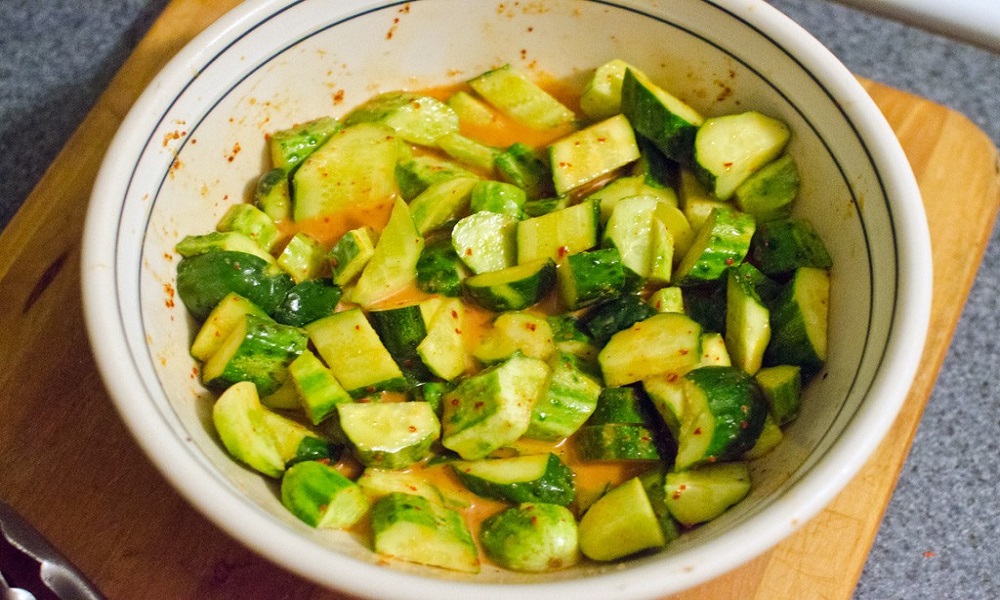Vintage kitchenware transforms ordinary Tuesday dinners into something cinematic. These aren’t nostalgic trinkets gathering dust. They’re workhorses disguised as art pieces. Tools that understand the weight of a good meal shared. Modern minimalism strips away character. Each scratched surface carries decades of family dinners. Holiday celebrations. Quiet morning coffees. These timeless pieces don’t just serve food. They serve up memory, beauty, and a hefty dose of “why don’t they make things like this anymore?”
6. Floral-Rimmed Soup Bowls
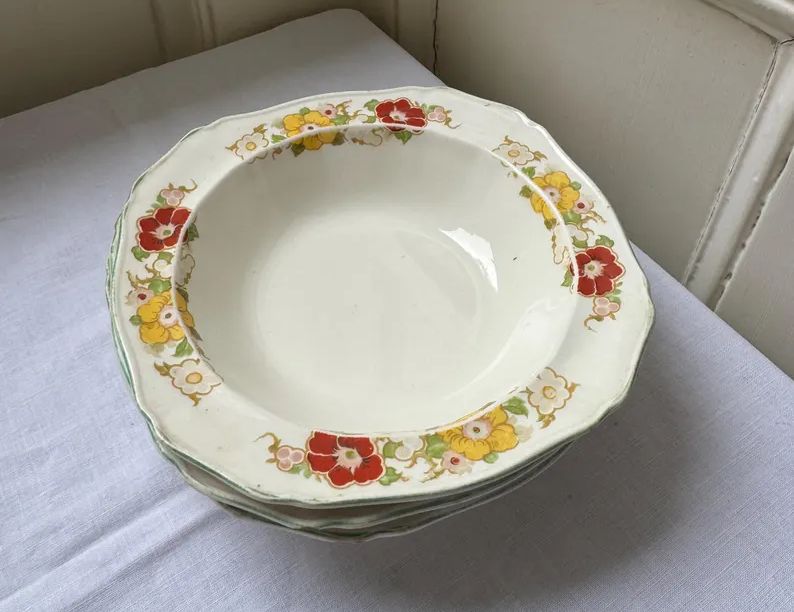
These wide bowls feature hand-painted florals dancing around scalloped edges, a decorative tradition with roots in centuries of ceramic artistry as outlined by the Victoria and Albert Museum. Roses mingle with sunflowers like an overeager garden party. The deep basin promises you won’t go hungry. Cheerful blooms remind you that beauty doesn’t require special occasions.
There’s something rebellious about using dishes this joyful. In our stark, Instagram-perfect world. Every spoonful comes with vintage optimism. Proof that someone once believed meals deserved more than plain white circles. They’re the antithesis of modern minimalism. Your soup deserves better than boring.
5. Complete Spoon Collections
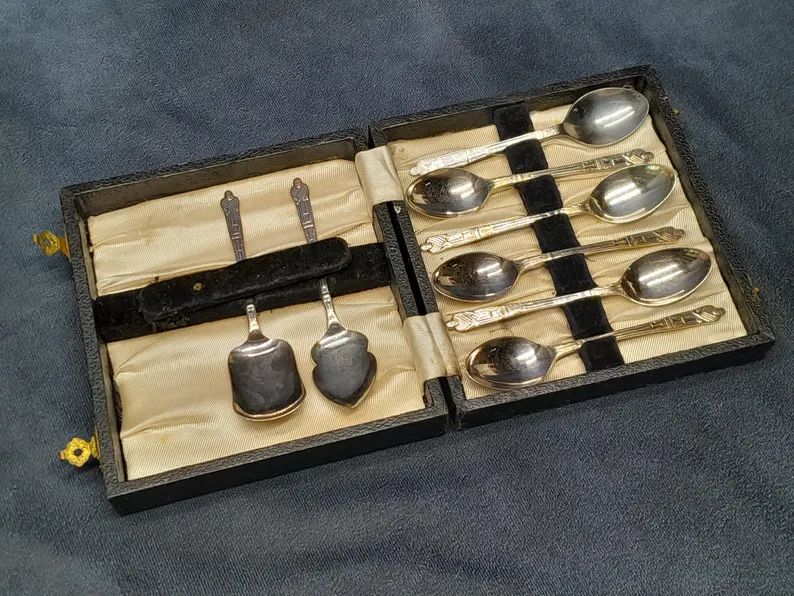
Proper spoon sets solve the eternal “which spoon for what” dilemma. Vintage precision at its finest</a> is evident in antique flatware collections, which often include specialized spoons for every dining occasion. These collections include delicate teaspoons for afternoon tea. Robust dessert spoons for ice cream emergencies. Tiny coffee spoons that make espresso feel sacred.
The beauty lies in their specificity. Each spoon designed for its exact purpose. Like a well-choreographed dance of functionality. When you host brunch and every guest receives the perfectly sized spoon, you’re not just serving food. You’re curating an experience that whispers, “You matter enough for the right spoon.”
4. Vintage Sugar Bowls
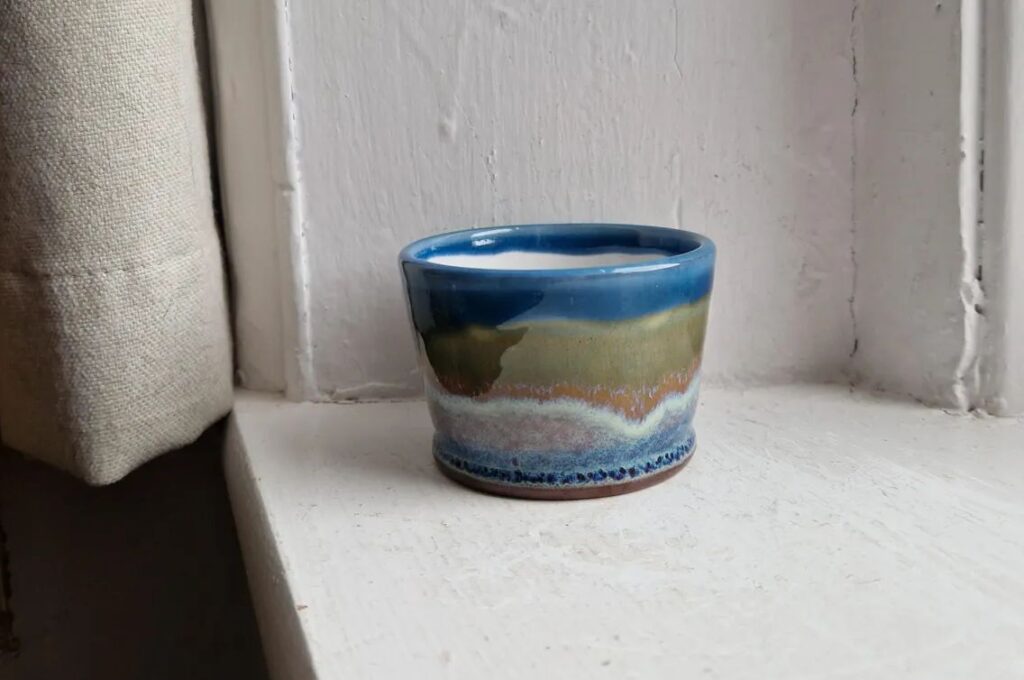
These petite ceramic containers, complete with fitted lids and tiny spoons, once ruled every kitchen counter. As design historian Deborah Sugg Ryan explains, one of the goals of aesthetic kitchen design was to form “an attractive space for the housewife.” Often adorned with delicate patterns. They transformed sweetening coffee into ceremony.
The downside? Sugar creates sticky situations. Clinging to surfaces with stubborn determination. But there’s something deeply satisfying about lifting a proper lid. Using a designated spoon. Adding sweetness with intention rather than ripping open packets. It’s slower, messier, and somehow more honest.
3. Footed Glass Dessert Stands
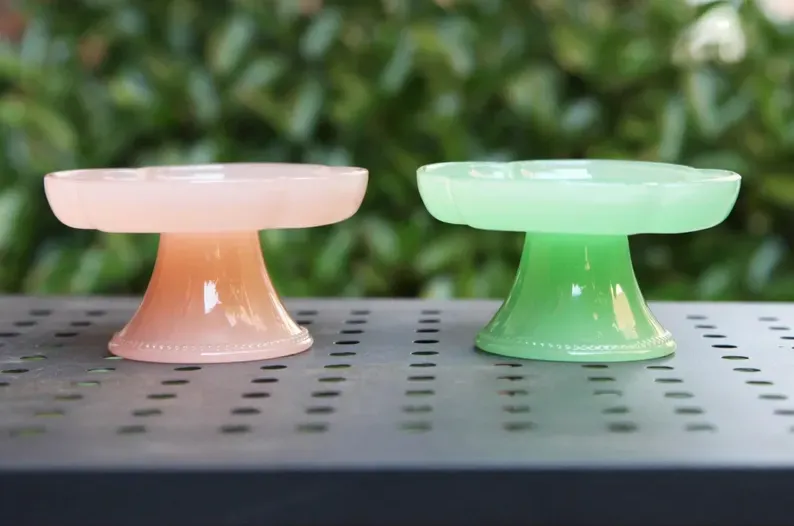
These elevated glass platforms transform humble desserts into showstoppers. Worthy of applause. Flat-topped versions cradle layer cakes like glass pedestals. Bowl-shaped stands embrace softer treats with gentle curves, echoing the elegant designs found in museum collections of decorative tableware. Puddings and fruit salads.
Simple chocolate cake becomes centerpiece. Store-bought cookies suddenly look artisanal. The magic isn’t in the glass itself. It’s in the elevation. The way height suggests importance. Your dessert deserves to be seen, admired, celebrated. These stands understand presentation isn’t vanity. It’s a love letter to feeding people well.
2. Metal Serving Trays
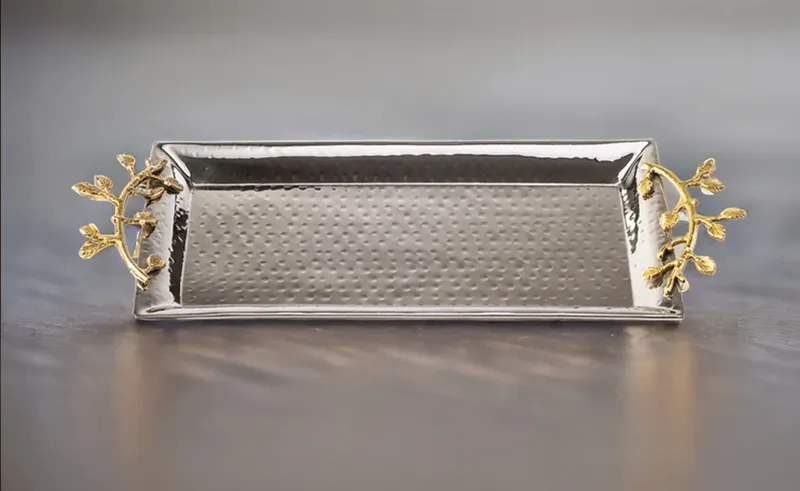
Silver or gold-plated serving trays carry more than food; their history and craftsmanship are explored in detail by antique experts, highlighting their role in both function and ceremony. These substantial pieces add gravitas to any gathering. Worked edges and engraved details suggest your moment matters. Though their smooth surfaces can turn into slip-and-slides for unstable dishes.
Strategic placement of small towels beneath items solves sliding incidents. The elegance they bring outweighs occasional drama. There’s deep satisfaction in presenting drinks on a tray that suggests this gathering deserves the good stuff. That this moment has weight.
1. Ceramic Soup Tureens

Before slow cookers claimed counter space, soup tureens reigned supreme in dining rooms, a tradition rooted in centuries of elegant table service as chronicled by culinary historians. Vessels of family comfort. These lidded ceramic pots brought steaming stews directly to the table. Complete with handles and ladle notches. Aristocratic flair included.
They represent an era when meals were events. When serving required ceremony and grace. A tureen suggests abundance. Not just of food, but of time, care, and the radical idea that dinner deserves more than rushed spoonfuls over the kitchen sink. Sometimes the old ways knew something we’ve forgotten about gathering around good food.


